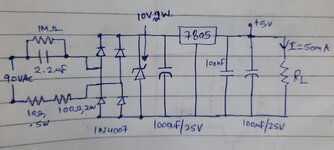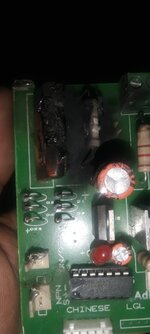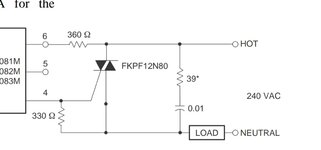abc_de
Full Member level 5
- Joined
- Jan 9, 2014
- Messages
- 243
- Helped
- 11
- Reputation
- 22
- Reaction score
- 11
- Trophy points
- 1,298
- Location
- Ludhiana ਪੰਜਾਬ
- Activity points
- 2,939
Hello
I have made solid relay for 3 phase 90vac motor with capacitive power supply taken from 2 phase of 3 phase 90vac which is input of solid state relay
Vin: 90vac (from transformer 380>90)
IOUT: 50MA @5v
Problem: 1pcb out of 10pcb get capacitor burn or 100ohm 2w resistor burn
Please suggest me what i have to do
I have made solid relay for 3 phase 90vac motor with capacitive power supply taken from 2 phase of 3 phase 90vac which is input of solid state relay
Vin: 90vac (from transformer 380>90)
IOUT: 50MA @5v
Problem: 1pcb out of 10pcb get capacitor burn or 100ohm 2w resistor burn
Please suggest me what i have to do


